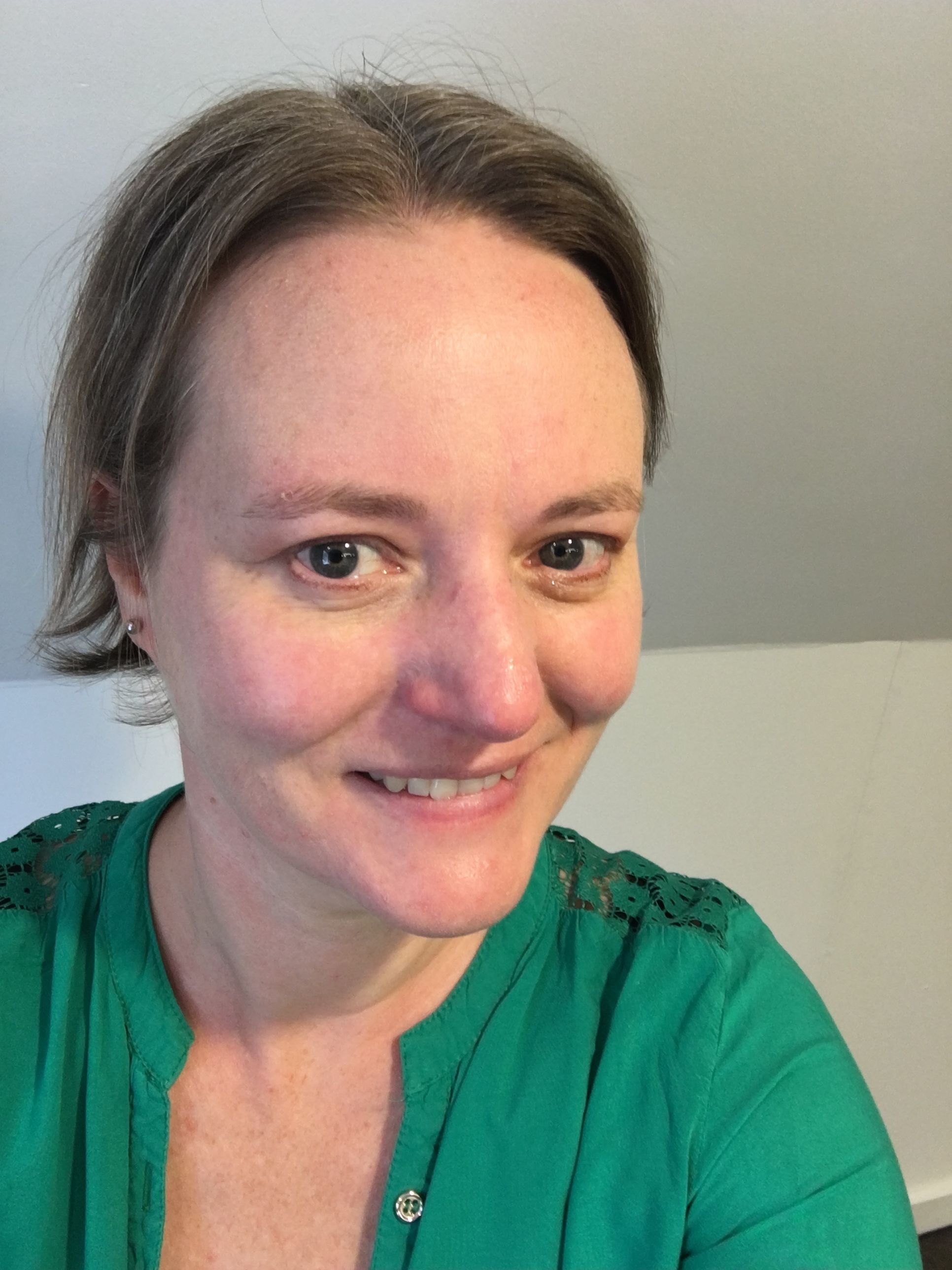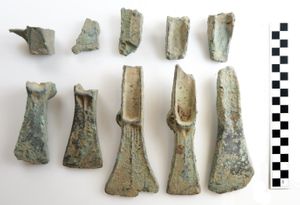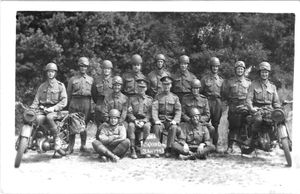Test your knowledge on the Celts with this new advanced quiz from Andover Museum and Museum of the Iron Age! Answers can be found at the end of the post.
- Name the modern counties where these Celtic tribes lived:
- Iceni
- Atrebates
- Brigantes
- Silures
2. Name an artefact the Celts made from the following materials:
- Bronze
- Bone
- Clay
- Gold
3. Danebury Hill Fort had two main periods of occupation. What were the dates of these?
4. What are these artefacts and what were they used for?
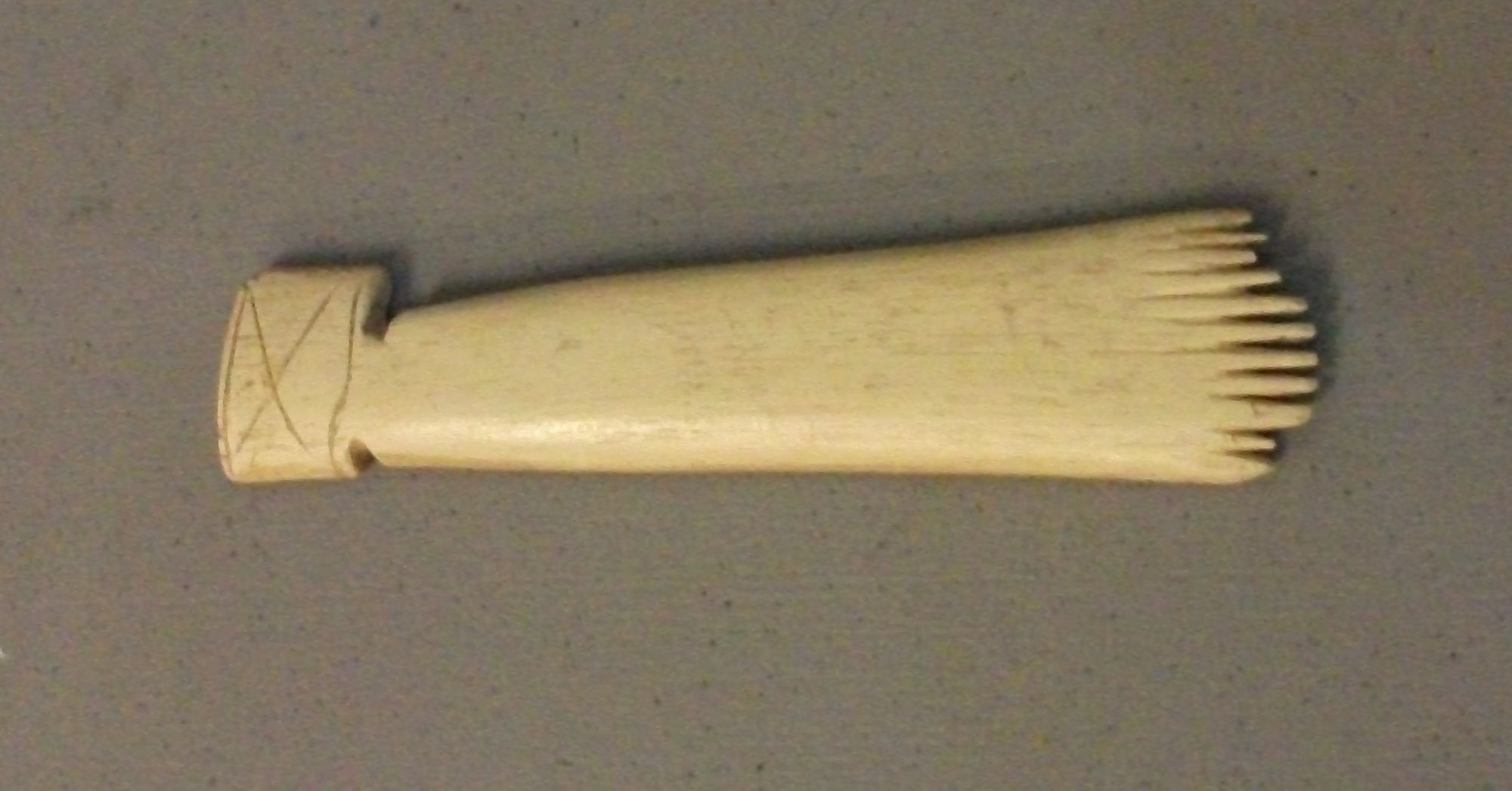
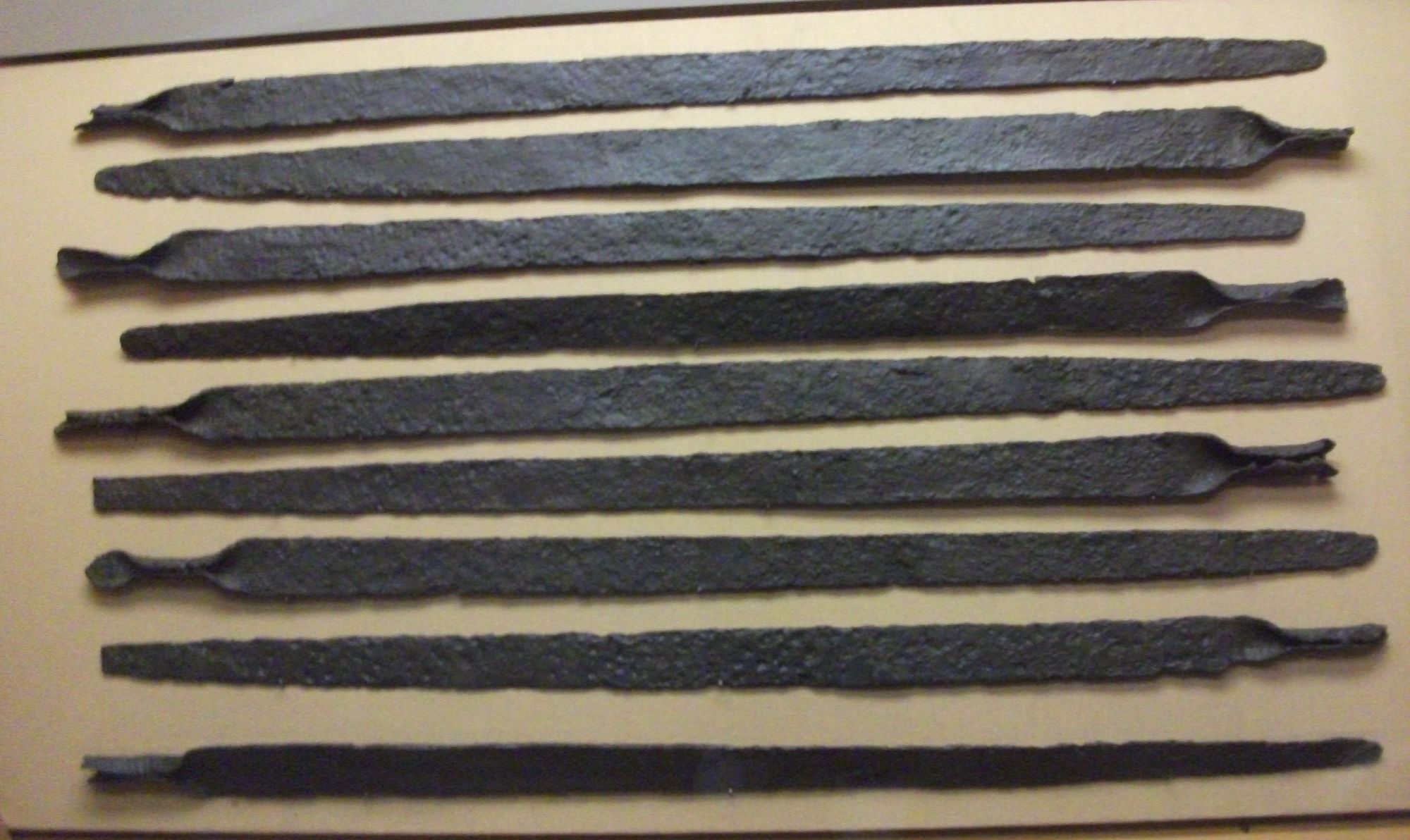
5. A tribe of Celts lived in Turkey - what did the Romans call them?
6. According to Irish literature, what are the names and modern dates of the four main Celtic festivals?
7. What names are used to describe the two main styles of Celtic art?
8. Finally, just for fun, why not write a short poem about living in a roundhouse?!
Scroll down for the answers...
Answers:
- Iceni - Norfolk
Atrebates - Hampshire or Sussex
Brigantes - Lancashire or Yorkshire
Silures - South East Wales
2. Bronze - Brooch/Chariot fitting/Tool
Bone - Spoon/Tool/Needle
Clay - Pottery/Loom weight
Gold - Brooch/Torc/Coin
3. The dates of Danebury Hill Fort's main periods of occupation were 550- 400 BC and 400- 100 BC
4. Left: Weaving comb - for combing wool and tamping down threads on a loom. Right: Currency bars - for storing and trading in iron
5. The tribes of Celts in Turkey were called the Galatians by the Romans
6. The names and modern dates of the four main Celtic festivals are:
Samain - 1 November
Imbolc - 1 February
Beltane - 1 May
Lugnasad - 1 August
7. The names used to describe the two main styles of Celtic art are: Hallstatt and La Tène
If you have enjoyed Culture on Call and you are able to make a donation, please click the link below. Any support you can give will help us keep communities connected to culture in these difficult times.



